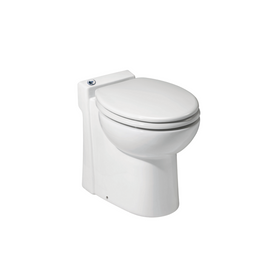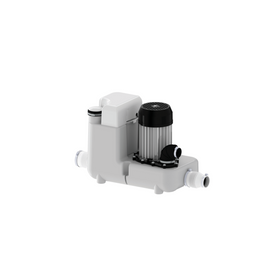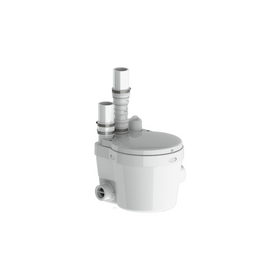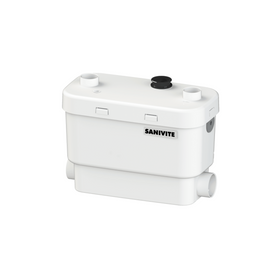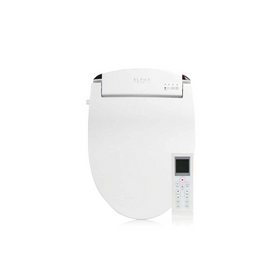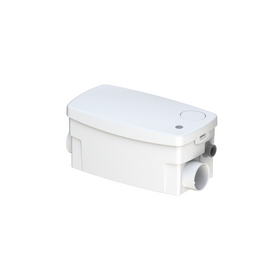Camille LeFevre

Composting Toilet
A composting toilet, also known as a biological, dry, or waterless toilet, processes human waste and toilet paper into compost, instead of flushing the waste with water.
Many models of composting toilets are available. Consider the capacity you need because many of them are small. Some systems have a handle that requires periodic mixing, and some need an additive, such as a bulking agent (wood shavings or sawdust). You have to be careful about what goes in - no plastics or other non-compostable material - and the composted fertilizer product needs to be taken out. Since composting toilets do not reach a high enough composting temperature to guarantee the destruction of pathogens, the use of the composted waste is not recommended. Digging the fertilizer into the ground as a soil amendment for orchard crops such as fruit trees is a good use because the fruit crop does not contact the ground directly.
By eliminating the use of water, a composting toilet reduces not only water consumption, but also the energy and chemicals required for upstream water treatment, and the downstream waste treatment process. It also uses a waste product to create nutrient-rich fertilizer.
The Humanure Handbook, written by Joseph Jenkins and published in 1994, is quite likely the most popular book about human waste composting in modern history. The author's company has gone on to produce three editions of the book, and a simple composting toilet they call the "Loveable Loo."








